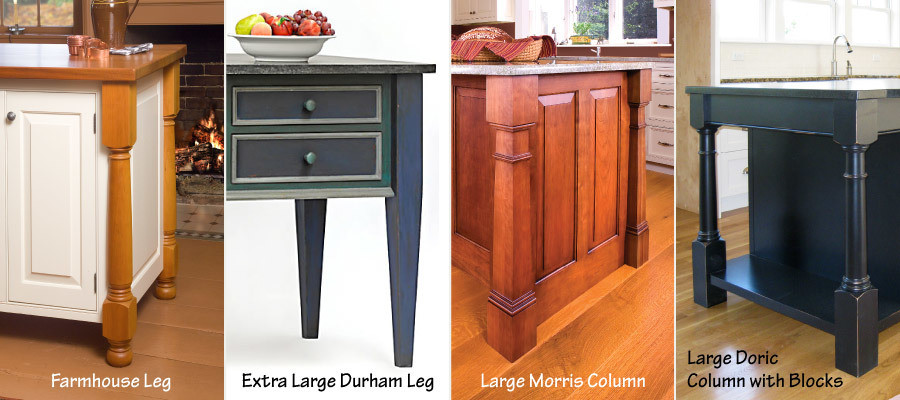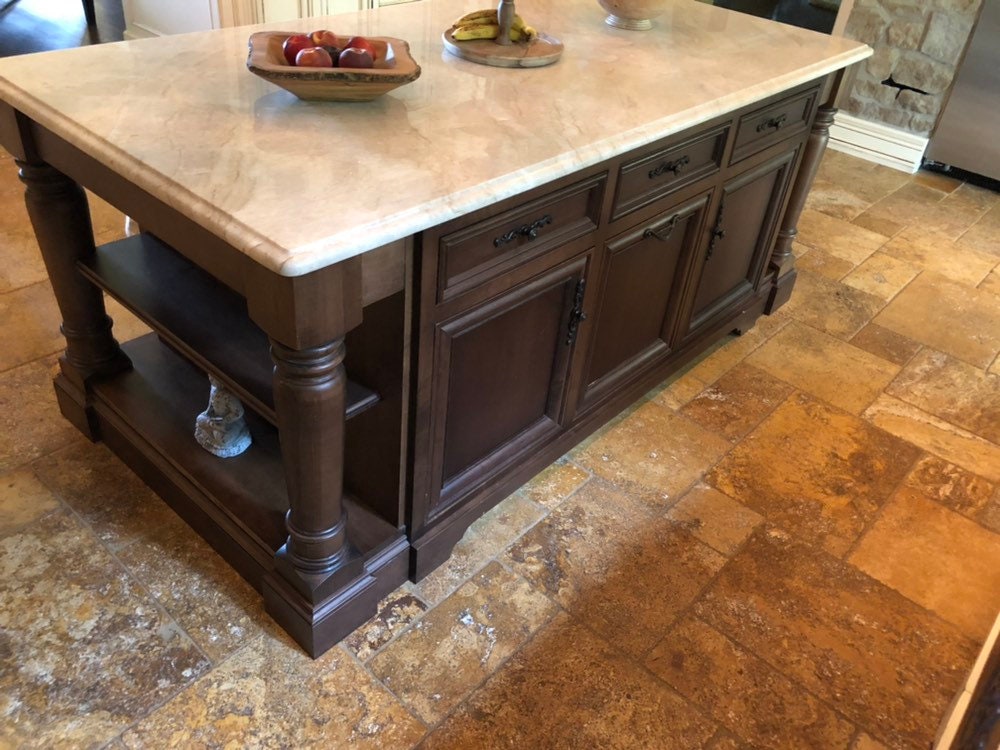Elegant Kitchen Island Legs: Boost Your Kitchen Style
Elegant Kitchen Island Legs: Boost Your Kitchen Style
Blog Article
Crucial Tips for Choosing the Perfect Eating Table for Your Kitchen Area
Picking the excellent dining table for your kitchen area is more than just a matter of preference; it demands a thorough understanding of your space and demands. The shape of the table plays an essential duty; while rectangular tables match larger areas, round ones foster intimacy, and extendable choices use adaptability. The table ought to balance with your kitchen area's aesthetics and fit your household conveniently.
Procedure Your Area
Picking the excellent eating table starts with a careful analysis of your offered space. This foundational step guarantees that the table not only fits comfortably within the area however also matches the overall layout and functionality of your eating location.
It is necessary to leave adequate space for chairs to be drawn out and for people to move around the table without obstruction. A basic policy of thumb is to enable at the very least 36 inches of clearance from the side of the table to the nearby wall surface or piece of furniture.
Additionally, consider the variety of individuals you usually delight and whether you need additional area for visitors. Selecting an extendable table can supply adaptability, enabling you to accommodate varying numbers of diners. By accurately measuring your space, you lay the foundation for choosing a dining table that boosts both the visual appeals and capability of your eating location.
Select the Right Forming

On the other hand, round tables are outstanding for smaller sized kitchens or intimate celebrations, as they promote discussion by enabling everyone to encounter each various other. They also supply a feeling of coziness and can fit well in tighter spaces because of their absence of sharp corners. Oblong tables provide the very best of both globes, combining the size of rectangular tables with the intimacy of round ones, making them versatile for numerous settings.
Square tables are an additional alternative, especially fit for square-shaped areas. They create a contemporary and in proportion appearance, fostering an equivalent dining experience for all seated. Nonetheless, they may be much less functional for bigger gatherings unless they come with expansions. Eventually, the shape you pick ought to align with your space dimensions and way of living to ensure both type and feature.
Material Factors To Consider
When choosing a table, material factors to consider are vital in determining the table's durability, upkeep requirements, and total aesthetic. Timber is a timeless selection, providing classic appeal and effectiveness. Hardwoods like mahogany, oak, and walnut are specifically durable, though they can be pricey. kitchen island legs. Softwoods, such as pine, are extra budget-friendly however might be susceptible to scratches and dents.
Glass-topped tables provide a contemporary, streamlined appearance and can make a room show up bigger because of their transparency. Nevertheless, they need regular cleansing to avoid fingerprints and spots. Furthermore, tempered glass is suggested for its additional toughness and security.

Last but not least, composite products like MDF (Medium-Density Fiberboard) or plywood are affordable options. These materials can imitate the appearance of solid timber yet may not offer the same longevity. They are generally much easier to tidy however can be susceptible to water damage otherwise appropriately secured.
Ultimately, the option of product should straighten with your cooking area's design, your way of life needs, and your spending plan constraints. (kitchen island legs)
Seats Capacity and Convenience
How do you establish the right seating ability and convenience for your table? This important step entails evaluating both the physical area available in your kitchen area and your home's useful needs. Begin by determining your kitchen location to make certain the table fits pleasantly, enabling at least 36 inches of clearance around it for simple movement. Take into consideration the variety of people that generally dine together, as this will certainly affect the table dimension. For a family members of four, a rectangular table of 48 inches long or a round table with a 48-inch diameter is generally enough.
Convenience is just as vital. The elevation of the table should preferably be around 30 inches, providing a well balanced ergonomic position Check This Out for seated diners. Chairs must have a seat height of 18 to 20 inches to guarantee a comfy dining posture. Furthermore, take into consideration the chair layout; upholstered seats and encouraging back-rests can improve dining convenience significantly, especially throughout prolonged meals.
Style and Appearance
Choosing a table that matches your style and aesthetic appeal includes stabilizing personal taste with the existing style of your dining space. The dining table is commonly the centerpiece of the kitchen, and its layout must match the overall style of the room. Whether your cooking area boasts a contemporary, minimalist appearance or a rustic, farmhouse charm, the table you choose should integrate with these aspects to produce a cohesive and welcoming atmosphere.
Consider products carefully; wood provides a timeless allure and can range from rich mahogany for a traditional aim to lighter oak for a modern feel. Steel and glass tables, on the various other hand, can present a smooth, commercial edge to your kitchen. Don't neglect the table's shape-- rectangle-shaped tables are classic and versatile, while round and oval alternatives can cultivate a much more intimate dining experience.
In addition, pay attention to details and surfaces. A troubled finish could include personality and heat, whereas a glossy surface can add to a tidy, modern aesthetic. Ultimately, your table ought to not just in shape seamlessly right look at this now into your cooking area's layout yet also reflect your individual design, boosting the space both functionally and visually.
Conclusion
In final thought, selecting the perfect eating table for a kitchen area demands cautious examination of space, form, product, seating capability, and aesthetic consistency. Ultimately, an appropriate eating table promotes an inviting atmosphere and accommodates the family comfortably, thus improving the dining experience.

When choosing a dining table, material considerations are vital in identifying the table's durability, maintenance demands, and general visual. For a family of 4, a rectangular table of 48 inches long or a round table with a 48-inch diameter is typically sufficient.
Do not overlook the table's form-- rectangle-shaped tables are functional and classic, while round and oblong alternatives can foster an extra intimate dining experience. kitchen island legs.
Report this page